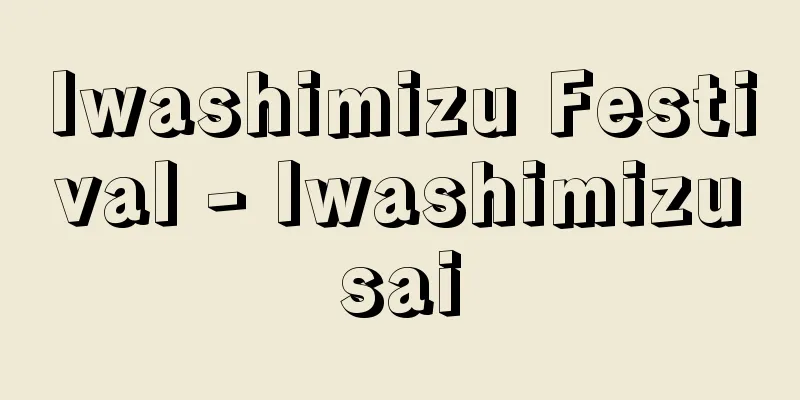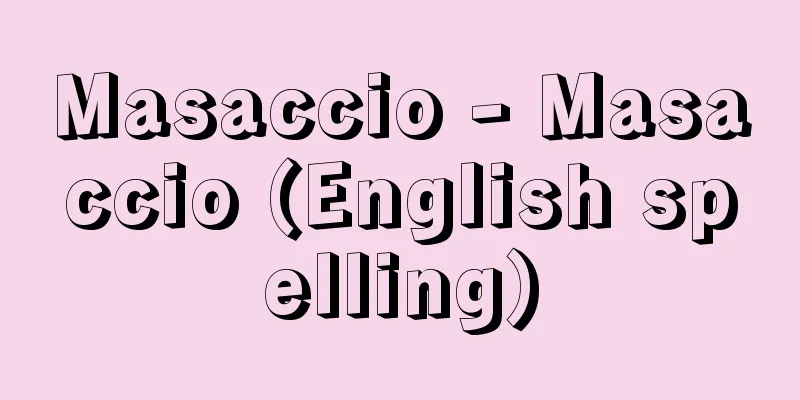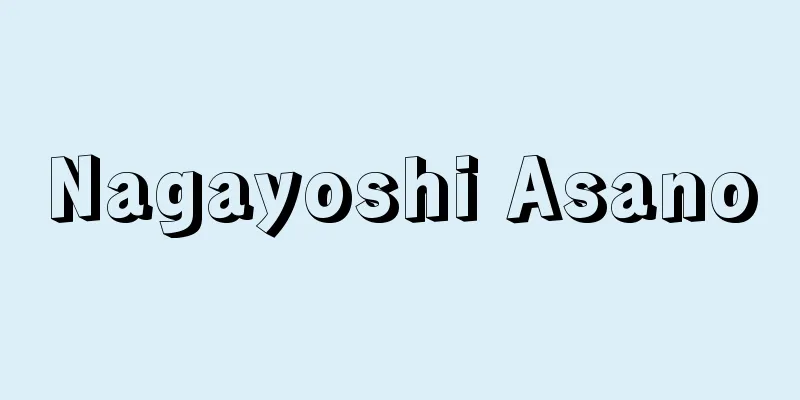Iwashimizu Festival - Iwashimizusai

|
This is an annual festival held on September 15th at Iwashimizu Hachimangu Shrine, located on the summit of Mt. Otokoyama in Yawata City, Kyoto Prefecture. Originally called Iwashimizu Hojoe, it was a festival held on August 15th of the lunar calendar, which is said to have begun in 863, following the Hojoe festival held at Usa Jingu Shrine in Usa City, Oita Prefecture. In 948, it became an imperial festival (→Imperial Festival Shrine) where imperial envoys offer offerings, and was considered one of the three major imperial festivals along with the Kamo Festival (Aoi Festival) and the Kasuga Festival. After a hiatus of about 200 years from the Bunmei era (1469-87), it was revived, and after several changes, it became the current holiday in 1884, and in 1918, the official name was Iwashimizu Festival. Originally, the Hojoe was a Buddhist event in which people would release fish and birds they had caught to cleanse themselves of their daily sins and to earn merit. It was a festival of unity between gods and Buddhas, in which monks were also deeply involved, but since the Meiji period, it has been held without Buddhist elements. The festival begins at 3 a.m. on September 15th, when three Horen (portable shrines) leave the main hall at the top of the mountain and are greeted by imperial envoys at the Kinuyaden, a temporary shrine set up at the foot of the mountain, before proceeding to the temporary shrine, Tongu. At Tongu, religious ceremonies such as offerings of offerings and reciting ritual texts by imperial envoys are held from around 5:30 a.m. At this time, traditional offerings are made, including cooked offerings called jukusen (rice), yakitori (grilled chicken), and rabbit mochi (rice cakes), uncooked offerings called seisen (raw offerings) such as salmon, grapes, and eggplant, and 12 floats of seasonal flowers and scenery called kyoka (blooms), which were originally offerings from the Imperial family. From 8am, there is a release of fish and birds in the Hojogawa River within the shrine grounds while reciting the Oharae no Kotoba (Oharae prayer), and a butterfly dance on Angobashi Bridge. There is also a dedication of Bugaku (traditional Japanese dance), and at around 8pm, the Phoenix Pavilion returns to the main hall at the top of the mountain. Source: Encyclopaedia Britannica Concise Encyclopedia About Encyclopaedia Britannica Concise Encyclopedia Information |
|
京都府八幡市の男山山頂に鎮座する石清水八幡宮で,毎年 9月15日に行なわれている例祭。本来は石清水放生会といい,大分県宇佐市の宇佐神宮で行なわれる放生会にならって,貞観5(863)年に始められたとされる旧暦 8月15日の祭りで,天暦2(948)年に勅使が奉幣する勅祭(→勅祭社)となり,賀茂祭(葵祭),春日祭とともに三大勅祭と並び称された。文明年間(1469~87)から約 200年の中絶ののちに再興され,その後幾度かの変化を経て,1884年今日の祭日になり,1918年石清水祭が正式名称になった。放生会は,本来捕えた魚や鳥などを放つことで日頃の罪穢れをはらい功徳を積む仏教行事で,僧侶も深く関与する神仏一体の祭りであったが,明治以降は仏教的要素を排除して行なわれている。祭りは 9月15日の午前3時に 3基の鳳輦(ほうれん)が山頂の本殿から出御して,山麓に臨時に設けられた絹屋殿で勅使らの出迎えを受け,そこから御旅所である頓宮(とんぐう)に渡御する。頓宮では,午前5時30分頃から勅使による奉幣や祭文奏上などの神事が行なわれる。この時,古式の神饌として,御飯(おんいい),焼鳥,兎餅(ぶと)などの熟饌(じゅくせん)と呼ばれる調理した神饌と,サケ,ブドウ,ナスなどの生饌(せいせん)と呼ばれる未調理の神饌,それに本来は皇室からのお供えであった供花(きょうか)と呼ばれる四季折々の花と景物のつくりもの 12台が出される。午前8時から境内の放生川で大祓詞(→大祓)を奏上しながら魚や鳥を放つ放生行事と安居橋(あんごばし)での胡蝶の舞があり,舞楽の奉納なども行なわれ,午後8時頃鳳輦が山頂の本殿に戻る。
出典 ブリタニカ国際大百科事典 小項目事典ブリタニカ国際大百科事典 小項目事典について 情報 |
<<: Iwashimizu Hachiman Shrine - Iwashimizu Hachiman Shrine
Recommend
Haunch paralysis
A disease of livestock such as goats, sheep, and h...
Style - yōshiki (English spelling) style English
This word refers to a method of artistic expressi...
Kannonzaki
A cape at the eastern end of the Miura Peninsula i...
ars subtilior (English spelling)
…The representative composer was Machaut, who lef...
Gunn, JB (English spelling) GunnJB
…When a strong electric field of several kV/cm is...
Kerala (State)
A state in the southwest of India. Also known as t...
Oghuz Khan - Oghuz Khan
…A legend, tale, or heroic epic poem passed down ...
Japanese bush warbler - Japanese bush warbler
A deciduous shrub of the Caprifoliaceae family (A...
Ma'anshan
A provincial city located on the right bank of the...
Ibn Khaldūn
1332‐1406 A representative Arab historian of the I...
Statistics - statistics English
A study of methods for quantitatively observing a...
Uchibou
This coast faces the Uraga Strait in southwestern...
Mai - Mai (English spelling) Karl May
German novelist. Germany's most widely read w...
'Ammān
The capital of Jordan, located in northwestern Jor...
Mount Asahi - Asahidake
This mountain range is on the border between Yamag...









